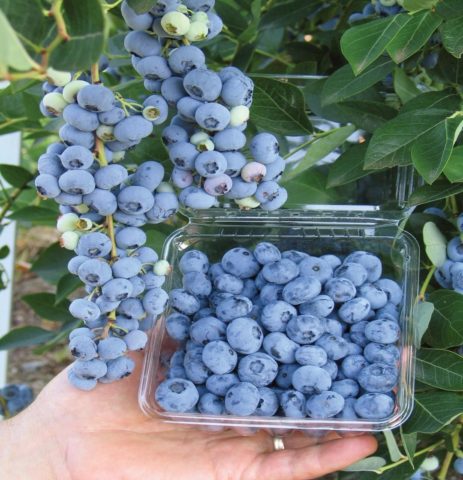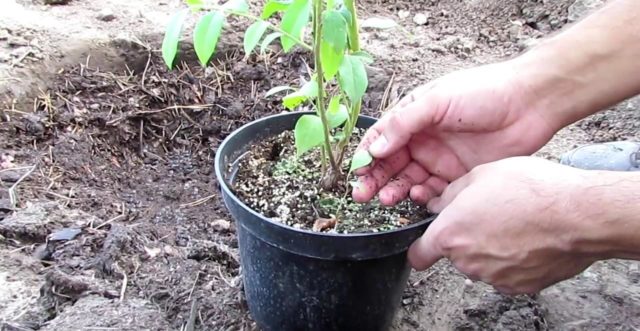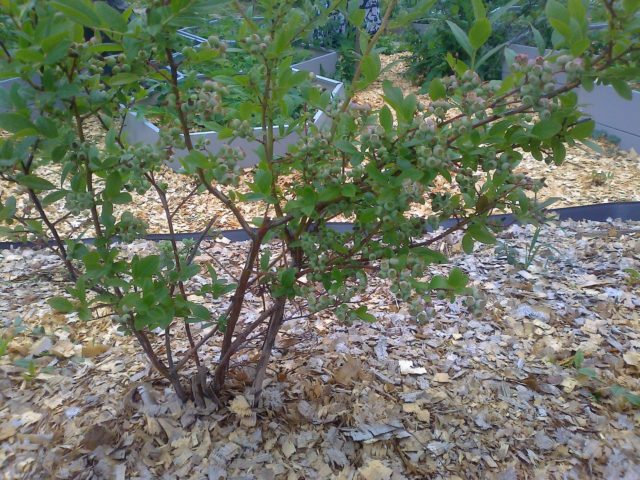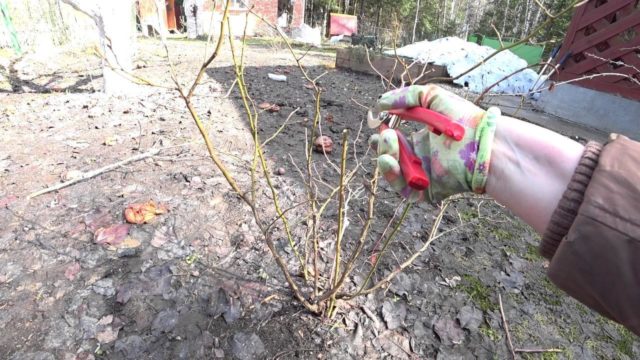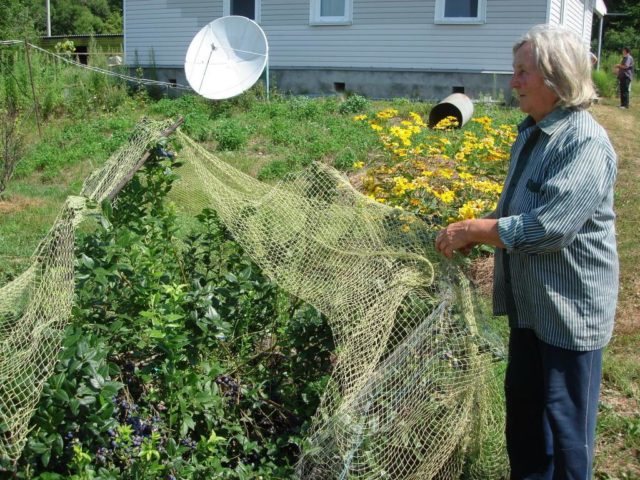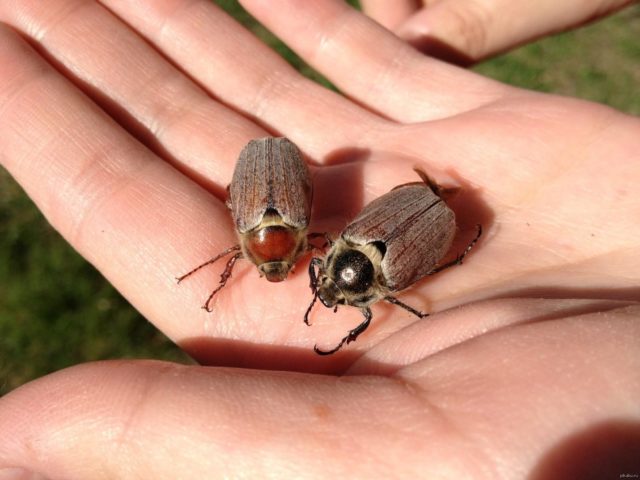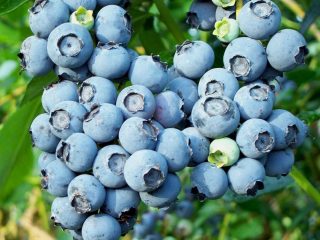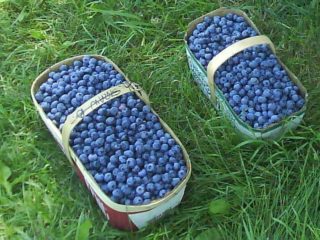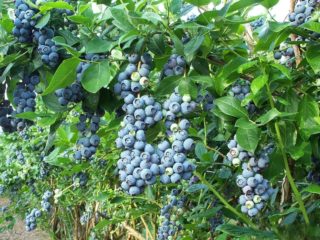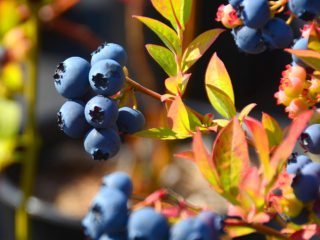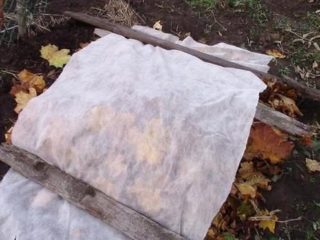Content
Brigitte Blue blueberry is one of the varieties of garden blueberries, which is characterized by high yield, taste and ease of care. The key to good growth is the correct choice of planting location and compliance with a number of recommendations for growing Brigitte Blue blueberries.
Description of blueberry Brigitte Blue
The Brigitte Blue variety belongs to the late types of blueberries and is tall (the bush reaches a height of 1.8 m). Blueberries grow quickly, the bushes are not pressed too tightly together, and they begin to bear fruit in the 4th year of life.
Features of fruiting
Among the features of the Brigitte Blue variety, the following can be noted:
- Brigitte Blue is a self-fertile blueberry variety that can set fruit without additional pollination. However, proximity to any other blueberry variety increases the number of fruits.
- The berries are medium in size, reaching 15mm in diameter, colored in light blue tones, and have a sweet and sour taste.
- The crop begins to bear fruit at the end of summer; each bush produces at least 5 kg of berries.
- The berry has high preservation qualities and can be used for fresh consumption, making jams and compotes.
Advantages and disadvantages
The main advantages of this blueberry variety are:
- high productivity;
- the ability to use shrubs for decorative purposes;
- unpretentiousness;
- immunity to diseases.
The only disadvantage of Brigitte Blue is its late ripening period, which does not always make it possible to grow the plant in the northern regions (it may simply not have time to ripen).
Features of reproduction
Brigitte Blue blueberries can be propagated in two ways:
- Seminal. Seeds are planted in the fall. In spring, the first shoots appear, which require careful care and regular watering. After two years, the seedlings are transplanted to a permanent place. Such a shrub will bear fruit only after 7 years;
- Vegetative. Cuttings taken during the process of pruning the bush are placed in a sand-peat mixture, and after 2 years they are planted in the selected area. When dividing a bush, a part of the plant with developed rhizomes is selected and planted in a permanent place. The harvest will appear in 4 years.
Planting and care
Brigitte Blue is a blueberry variety that loves sun and warmth. Therefore, when growing berries, it is necessary to take this factor into account, choosing a suitable site and following a number of recommendations for planting and care.
Recommended timing
Experienced gardeners say that this tall variety should be planted in the spring. During the summer period, the plant will have time to get stronger, which means it will survive the winter better.
Site selection and soil preparation
The area for planting Brigitte Blue blueberries should be well lit and protected from drafts and gusts of wind. In addition, the variety prefers well-drained, moisture-permeable soil. The acidity of the soil should be within the pH range of 3.5 - 5, otherwise the plant will slow down its growth, which will negatively affect its fruiting.
When choosing a location, it is worth preparing planting holes in advance so that they can stand for at least 2 months before planting. The pits themselves must have a certain size - depth 40 cm, with a diameter of 50 cm.
Landing algorithm
Proper planting of the Brigitte Blue variety will allow you to get a good harvest already in the fourth year of life.
- Before planting, seedlings must be soaked for 20 minutes in warm water.
- Pour foliage, sour peat, sawdust, crushed bark (optional) into the holes for planting blueberries.
- If there is insufficient acidity, pour citric acid or sulfur into the pits.
- Place the seedlings in the holes and straighten the roots.
- Deepen the root collar no more than 5 cm.
- Water.
- Lay a layer of mulch on top of the filled soil - about 7 - 10 cm. You can use leaves, sawdust or pine needles.
Growing and care
The late blueberry variety Brigitte Blue needs some care, which is not difficult even for beginners.
Watering schedule
Brigitte Blue blueberries love moisture. Immediately after planting and for 4 weeks, the bushes are watered every 3 to 4 days. It is better to water in the early morning or late evening; monitor the level of moisture in the soil to prevent excessive moisture. After a month, watering is reduced to once a week.
Mature plants and bushes that have begun to bear fruit require increased amounts of moisture.Therefore, it is recommended to increase the amount of water applied by 5 - 10 liters, but the frequency of watering is reduced to 2 - 3 times a month.
Feeding schedule
This blueberry variety is demanding not only about the presence of useful microelements in the soil, but also about its acidity. Its level can be determined both with the help of special pH testers and by appearance: the acquisition of white or white-yellow foliage.
To acidify the soil, you need to water the bush with a solution of table vinegar, citric or oxalic acid. You need to add 2 teaspoons of any chosen product to the bucket. In addition, you can apply acidic peat under the bush twice a year in a layer of 10 - 15 cm.
Blueberries also need timely feeding. It is carried out only with mineral fertilizers. It is worth starting from the second year of cultivation, during the period of swelling of the buds, during flowering. You need to apply no more than 1 tablespoon of ready-made fertilizer to each bush. Every year the amount of minerals increases exactly twice. From the 6th year the dosage remains fixed.
To determine what blueberries lack and how they can be fertilized, you need to pay attention to their appearance:
- a lack of nitrogen is indicated by weak growth and a change in leaf color to yellow;
- lack of potassium is expressed in the appearance of spots on the leaves;
- calcium deficiency can be determined by the beginning of deformation of the foliage;
- a lack of magnesium causes redness of the greens;
- lack of phosphorus causes the leaves to turn purple and become pressed to the branches;
- with a lack of iron, they turn yellow, and green veins are visible on their surface;
- sharp yellowing of the foliage indicates an insufficient amount of boron.
To save blueberries of the Brigitte Blue variety, you need to apply any complex of fertilizers listed below:
- zinc sulfate;
- superphosphate;
- potassium sulfate;
- ammonium sulfate;
- magnesium sulfate.
Trimming
It is necessary to start pruning blueberries only in the second year of life; many gardeners recommend postponing this process until the 4th year.
The first pruning is done to form a bush, since it is enough to leave only 8 - 9 strong shoots for the plant.
From the 6th to 7th year, rejuvenating pruning is carried out, during which shoots older than 5 years, dried and diseased branches are removed. In autumn, only dried shoots need to be removed.
Preparing for winter
The blueberry variety Brigitte Blue in regions with warm winters, where frosts of more than -15 degrees are not observed, does not need additional shelter. In more severe climatic conditions, the tall variety must be covered. The procedure is carried out after autumn pruning, when night frosts reach -10 degrees.
- Press blueberry branches to the ground.
- Secure with staples or other suitable devices.
- Cover with any covering material or spruce branches.
You need to remove the insulation when the snow melts.
Pests and diseases
Brigitte Blue is a blueberry variety that is resistant to various diseases. They can arise only with an excessive deficiency of nutrients and prolonged moisture retention in the root areas.
There are also not many pests willing to cause damage to blueberries. Only birds and chafers can be distinguished.
Birds often feast on delicious berries, gathering in whole flocks on branches. The only way to protect the plant is to cover the tree with a net.
May beetles can reduce yields, as they spoil not only blueberry foliage, but also flowers. And their larvae, being underground, disrupt the root system. To get rid of the larvae, dilute 25 ml of ammonia in a bucket of water and pour the solution over the roots.
As a preventative measure, it is recommended to treat the plant with insecticides every spring, repeating the procedure in the fall, or carry out the activity as needed.
Conclusion
Brigitte Blue blueberry is a tall variety of garden blueberry, characterized by high yield, ease of care and taste.
Reviews of Brigitte Blue blueberries
